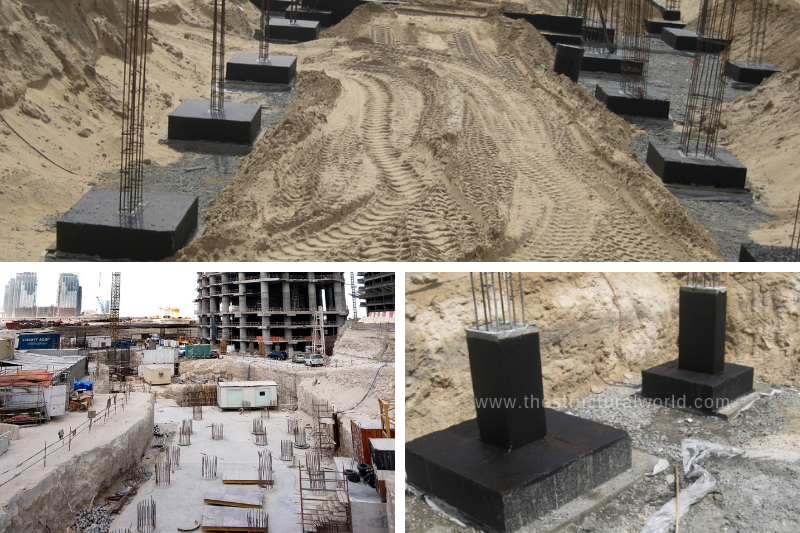
Selecting the suitable type of foundations to use in the design of buildings and other structures is one of the tasks of a structural engineer. Different factors and criteria should be kept in mind and consider to achieve a favorable design. In this aspect, the geotechnical investigation report or a soil report is the required reference before deciding as such.
The geotechnical investigation report is consists of actual field studies and laboratory analysis. A series of boring tests, geophysical and primary investigative techniques, or chemical analysis in some cases were performed on selected samples and boreholes to determine the characteristic of the soil from which the project will be built.
Here are the lists of criteria that a structural engineer should be considered to come up for suitable foundations in buildings and other structures.
1. Topographic Location
Before anything else, the topographic location of the proposed project should be considered in selecting a suitable foundation. The designer should know the general characteristics of the site like the ground surfaces, ground features and description of the ground. This may include changes in the ground surface, for example, if mountains are present or have an uneven slope and or the general site layout is near the bodies of water or part of reclamation area and if the site had existing buildings and other structures. This is important at first because it gives a designer an idea of his/her consideration during the design process according to his/her previous experience.
Site General Topographic Location
2. Prevailing Weather Conditions
The prevailing climate condition is also one of the important considerations in selecting the right foundations. A hot climate, for example, has an unfavorable effect on the concrete structures and it is characterized by evaporations that exceed precipitation. High temperature may lead to high seasonal changes and dry wind condition. On the other hand, cold weather has a major impact on the concrete foundation as well as if the ground freezes, may cause the soil to contract that can result in the instability of underlying soils.
A concrete mixture capable of resisting the climatic effect is recommended to use in concrete foundations that are usually available in your area. Or in the case of excessive soil settlement and liquefaction, soil improvement is available if necessary.
3. Previous Use of the Site
The designer should also be aware of the history of the previous structure that was built on the proposed location if any. Like if it is previously used for residential, industrial, mining, infrastructure, etc. Due to these, it may be obstructions, ground contamination or not safe for immediate excavation. So factors like these should be considered.
4. Groundwater Table
The level of the groundwater table should also be considered in selecting the appropriate foundations as the groundwater table is subjected to variations due to tidal weather seasonal changed. If the groundwater table is located below the formation level of the foundation, then a shallow footing like isolated or combined footing can be proposed otherwise dewatering is required if it is above the foundation level.
The possible heavier type of foundation like a RAFT or Mat footing is necessary in the case of the higher groundwater table. This is to resist the hydrostatic or the uplift pressure and counter the effect caused by water to avoid any overturning moments at the early stage of construction. If in the event that the above option shall not be met, then deep foundations like micro piles or bored piles should be considered to provide the necessary uplift resistance.
Controlling Groundwater Table by Dewatering Works
5. Soil Bearing Capacity
Perhaps the most common consideration in the selection of the appropriate type of foundation is determining the soil bearing capacity. Soil Bearing Capacity usually dictates which type of foundation to use. Depending on the soil bearing pressure, we can safely conclude if we will go for a shallow type or deep foundations. An allowable bearing pressure of at least 100kN/m2 or higher is effective for shallow foundations up to 4 stories. But higher structures can consider a raft foundation provided that the modulus of subgrade reaction shall not be exceeded when calculated.
Soil Excavation for Foundation Works
6. Design Loadings & Seismic Characteristics
Design loadings in the building according to the type of occupancy plays a vital role in selecting a suitable foundation. It is also the basis of the required foundation settlements calculations and can dictate the type of foundation to use. For the heavily loaded structure, it is recommended to use a cast in situ bored pile to support the structural loads.
Seismic characteristic also affects the suitable choice for the foundation as soil profile types determine which type of seismic zone factor to consider in the design. The soil profile type reflects the effect of soil conditions at the site on ground motion. The seismic coefficient to use is depending on the type of soil profile in a given location. These are specified in ASCE and UBC-97 seismic provisions. The vertical and horizontal component of an earthquake is also a factor to look at.
7. Economic Design
Having described the above geotechnical criteria above, perhaps the last thing to consider of a Structural Engineer in selecting the suitable foundation type is the most economical design. Sometimes, this factor may also affect our choice. But whatever it may be this basis is always a factor. Having said that choosing an economical design, should not compromise the safety, workmanship, strength, and durability of the foundation.
What do you think about this article? Tell us your thoughts! Leave a comment on the section below. Subscribe to our newsletter to be updated with the latest posts or follow us on our social media pages on the below icons.
[DISPLAY_ACURAX_ICONS]


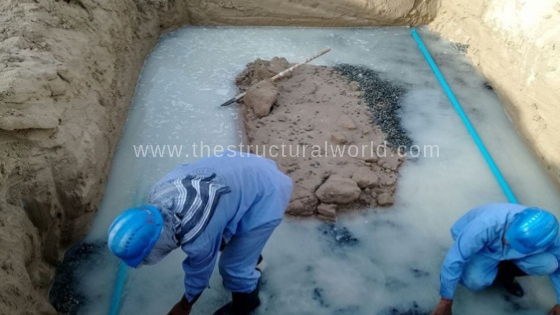
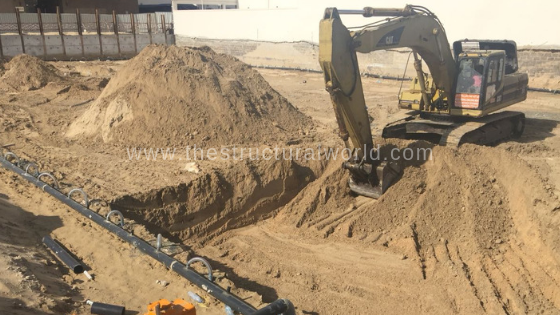
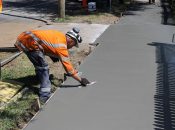
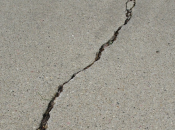

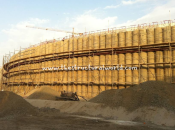
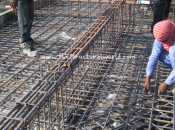


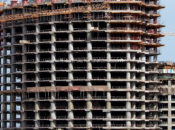

I like how you mentioned the history of previous use of structures in that area. If ever, this can be useful in how an architect and engineer should approach their design in the designated area. My dad was an engineer, and he does this research when redesigning a historic area.
An excellent blog post from criteria in selecting suitable foundation in structural design of buildings.I would like to thank you for the efforts you have made in writing this article.Great post full of useful tips!
The designer should also be aware of the history of the previous structure that was built on the proposed location if any- you are so correct with this, they should really. Thanks for such a brilliant article, good one. If possible visit this website petesconstruction.co.nz to gain more idea or tips on the same.
I wanna know about development length,chair bar and additional bar
Kindly refer to our previous article https://www.thestructuralworld.com/2018/03/16/development-length-in-reinforcing-bars/
Pingback: Jenis-jenis asas (foundation) dalam pembinaan - Pakcik.Engineer
Hey thanks for posting this useful information about the criteria in selecting the suitable foundation in structural design of building in detail. I really hope it will be helpful to many. It will help a lot; these types of content should get appreciated. I will bookmark your site; I hope to read more such informative contents in future. Appreciative content!